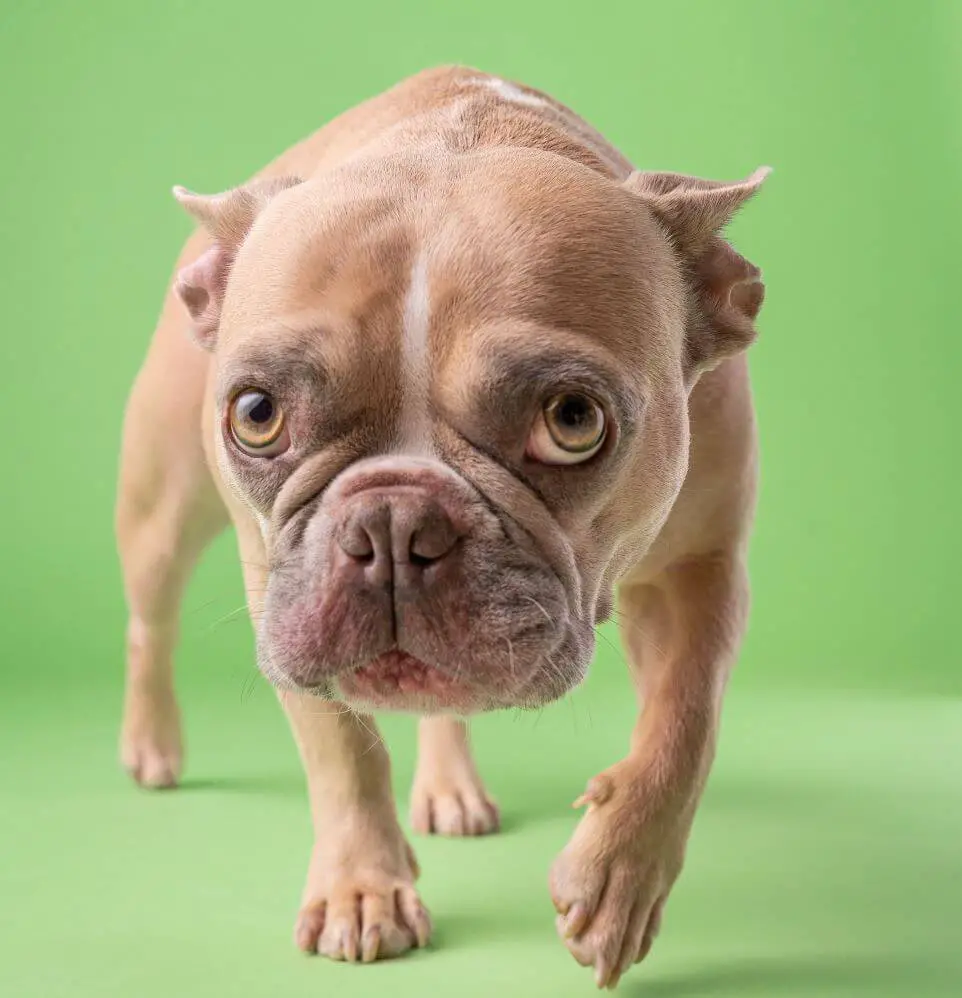Have you ever come home to find your dog looking guilty, perhaps after getting into the trash or chewing up a favorite pair of shoes? In this article, we’ll explore the curious phenomenon of dogs appearing guilty after doing something they shouldn’t. Let’s unravel the behavioral science behind their expressions and understand why our canine companions sometimes wear the unmistakable look of guilt.

The Guilty Look:
1 – Human Interpretation:
The guilty look exhibited by dogs is often interpreted through human eyes. It includes lowered head, averted eyes, flattened ears, and a tucked tail, which are all considered classic signs of guilt. However, these behaviors may actually be a response to the owner’s disapproval rather than genuine guilt.
2 – Immediate Context:
Dogs are highly attuned to their owners’ emotions and body language. The guilty look often surfaces when a dog perceives their owner’s displeasure or disappointment. It serves as a social cue, expressing submission and a desire to appease.
3 – Associative Learning:
Dogs are quick learners, and they can associate specific actions with negative consequences. The guilty look may be a learned response to a previous scolding or punishment, as dogs attempt to avoid disapproval by displaying submissive behaviors.
Factors Influencing Guilty Behavior:
1 – Timing of Reaction:
The timing of a dog’s reaction plays a significant role in their perceived guilt. Dogs have a relatively short memory, so if the owner discovers a misdeed after the fact, the dog may not associate their current behavior with the owner’s reaction.
2 – Owner’s Tone and Body Language:
Dogs are experts at reading human emotions. If an owner adopts a stern tone or displays disappointed body language, the dog may respond with the guilty look as a way to seek forgiveness or avoid potential conflict.
3 – Fear of Punishment:
Dogs may exhibit the guilty look as a fear response, anticipating punishment based on previous experiences. This behavior is not an indication of moral understanding but rather a learned response to avoid negative consequences.
Positive Approaches to Misbehavior:
1 – Avoid Punishment:
Instead of resorting to punishment, focus on positive reinforcement to discourage undesirable behaviors. Reward good behavior and redirect the dog’s attention to more appropriate activities.
2 – Consistent Training:
Consistency in training and setting clear expectations help prevent misbehavior. Establishing routines and providing mental and physical stimulation reduce the likelihood of dogs engaging in destructive behaviors.
3 – Create a Dog-Friendly Environment:
Make sure your home environment is conducive to your dog’s well-being. Use dog-proof containers, keep tempting items out of reach, and provide ample toys and activities to keep them entertained.
While the guilty look in dogs may not necessarily reflect a sense of morality, it is a fascinating aspect of canine behavior shaped by their social dynamics and responses to human cues. Understanding the reasons behind this behavior allows us to approach misbehavior with empathy and positive reinforcement, fostering a healthy relationship built on trust and communication.
